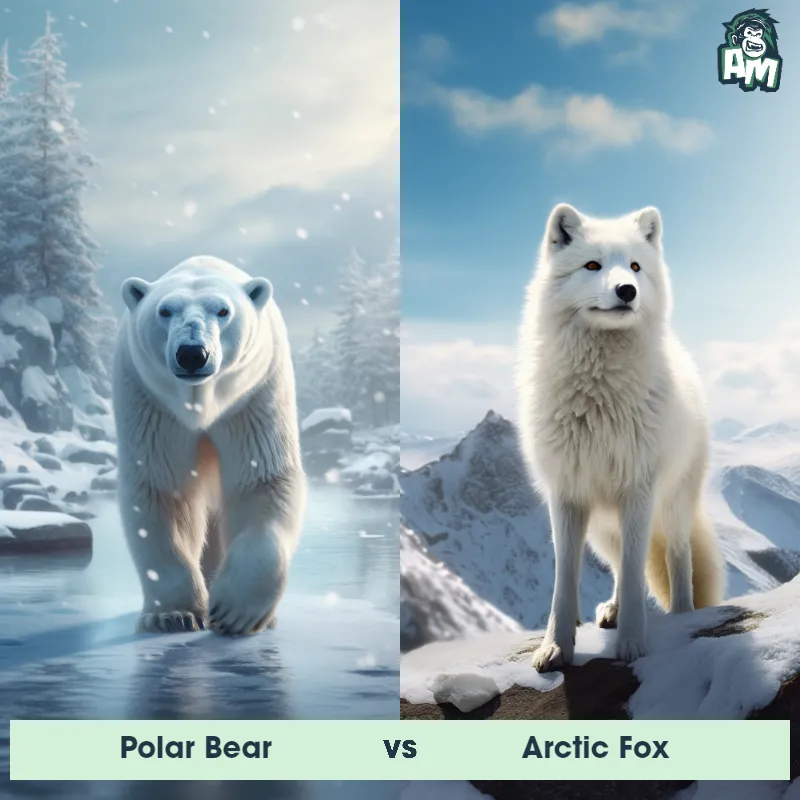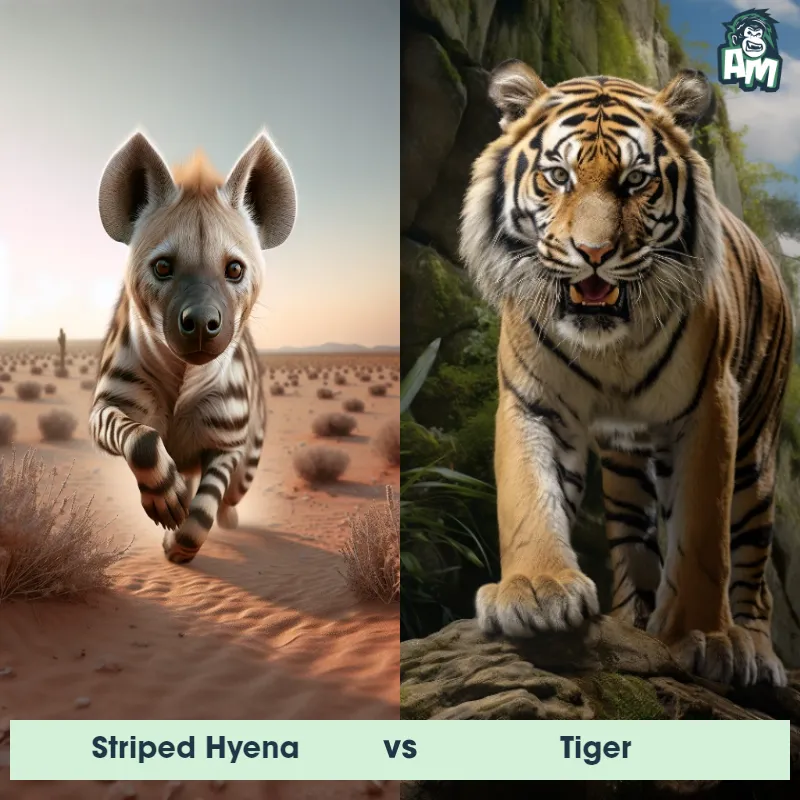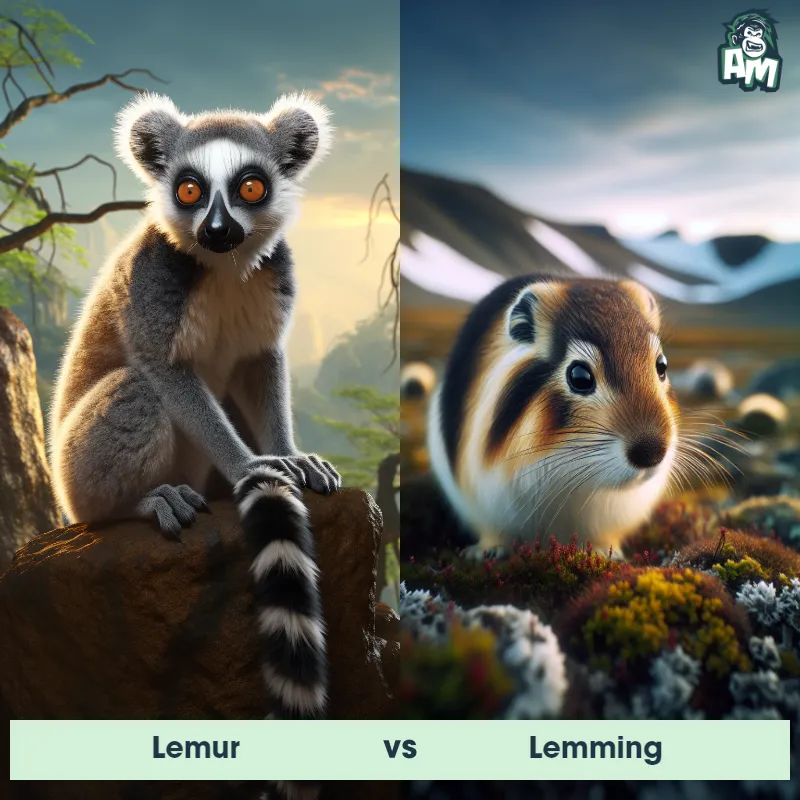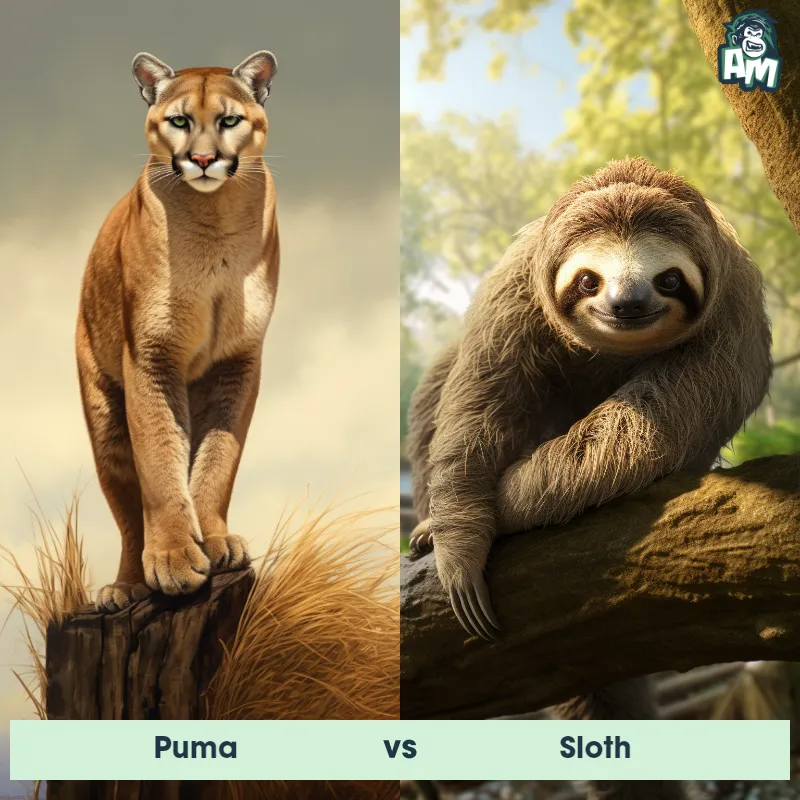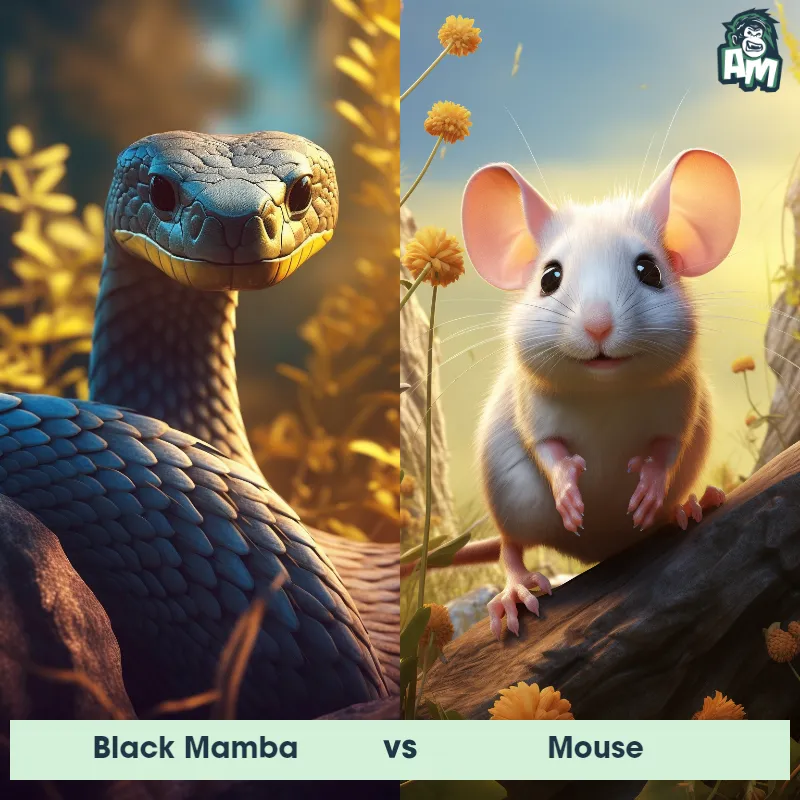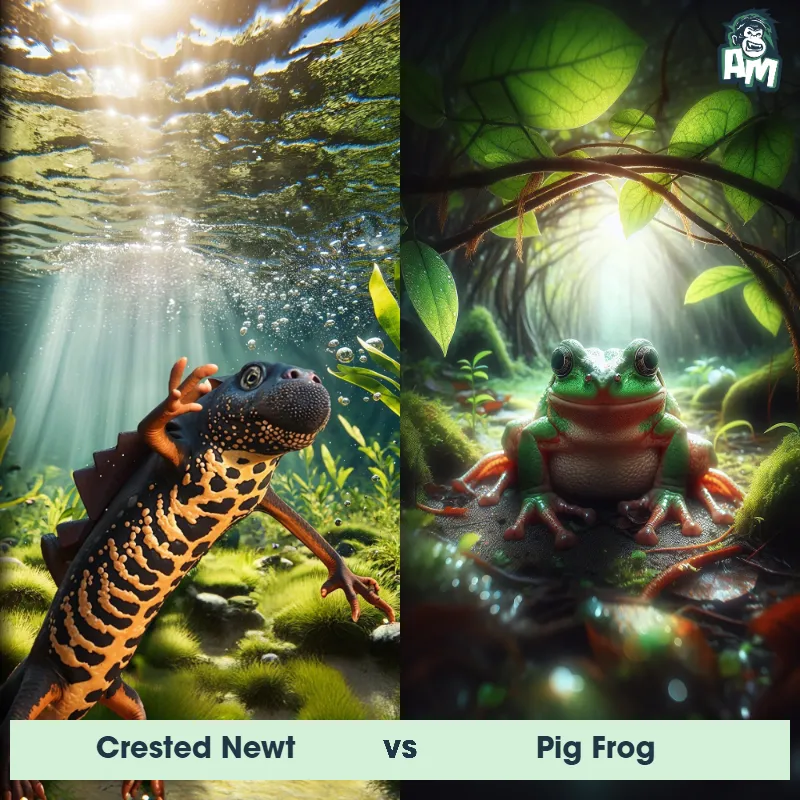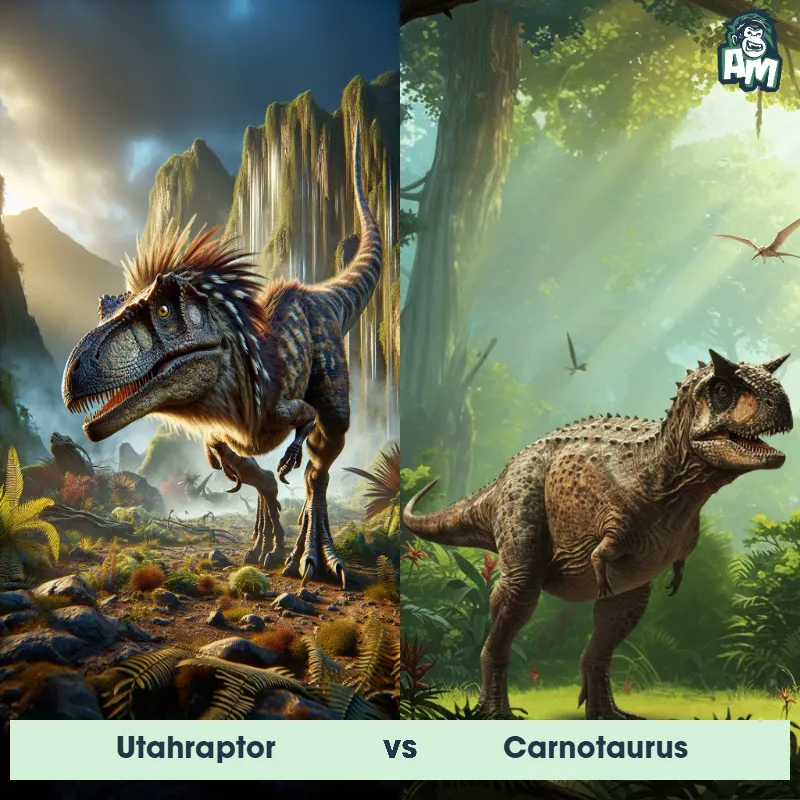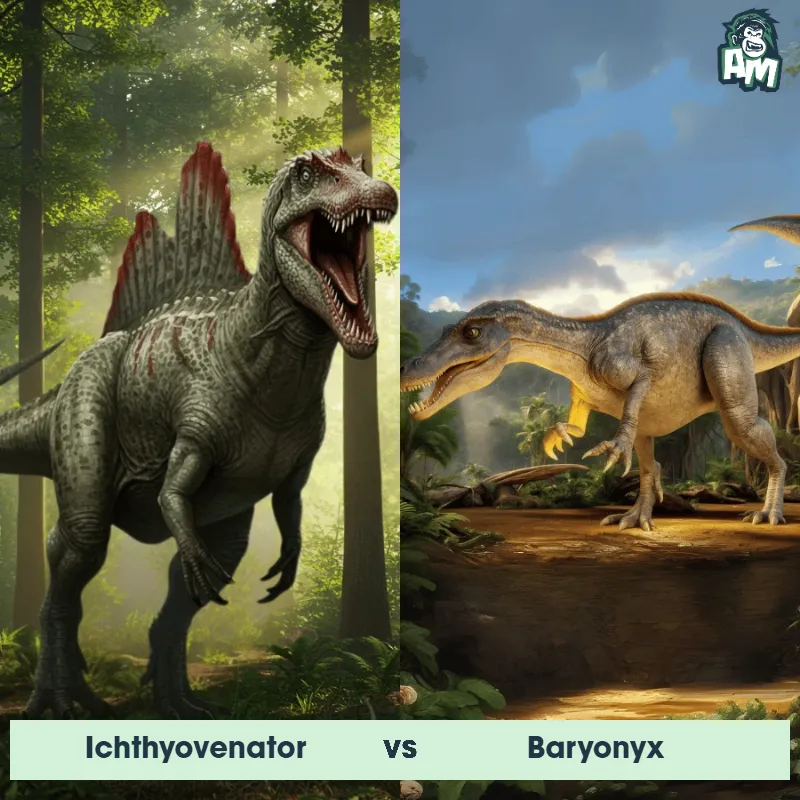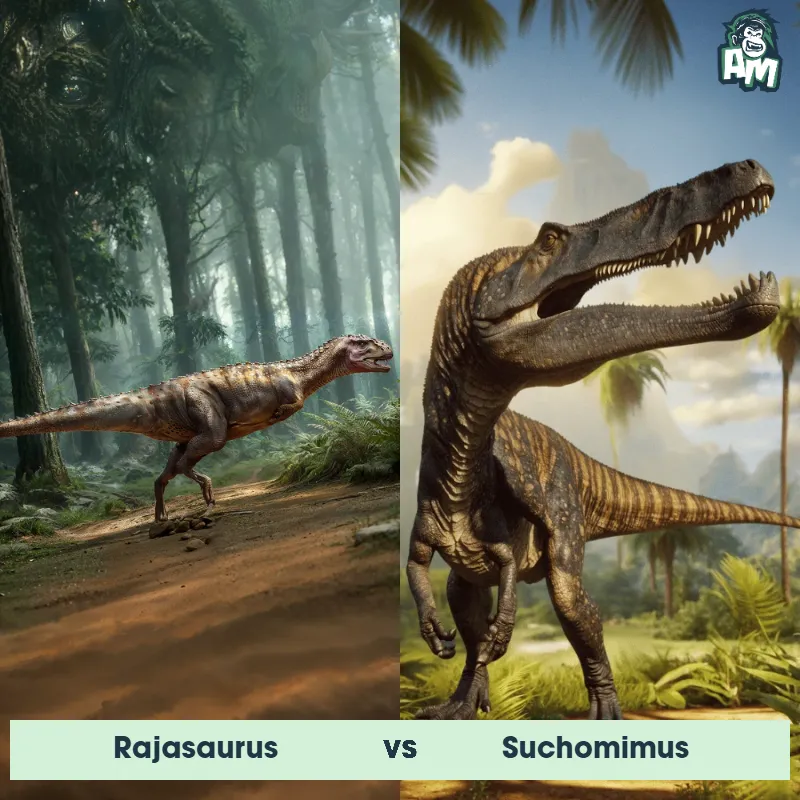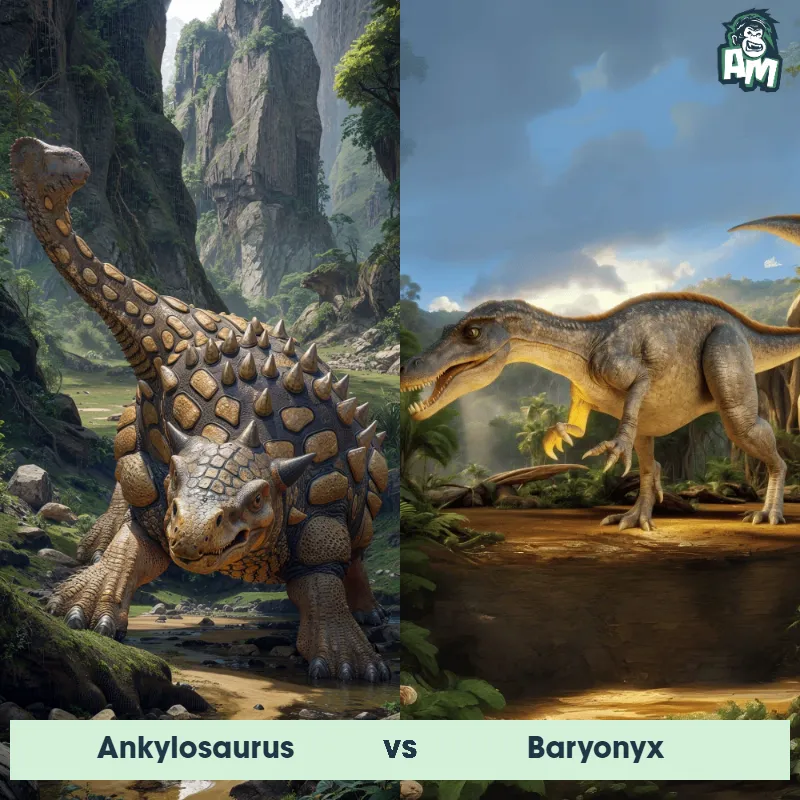Rajasaurus vs SpinosaurusSee Who Wins
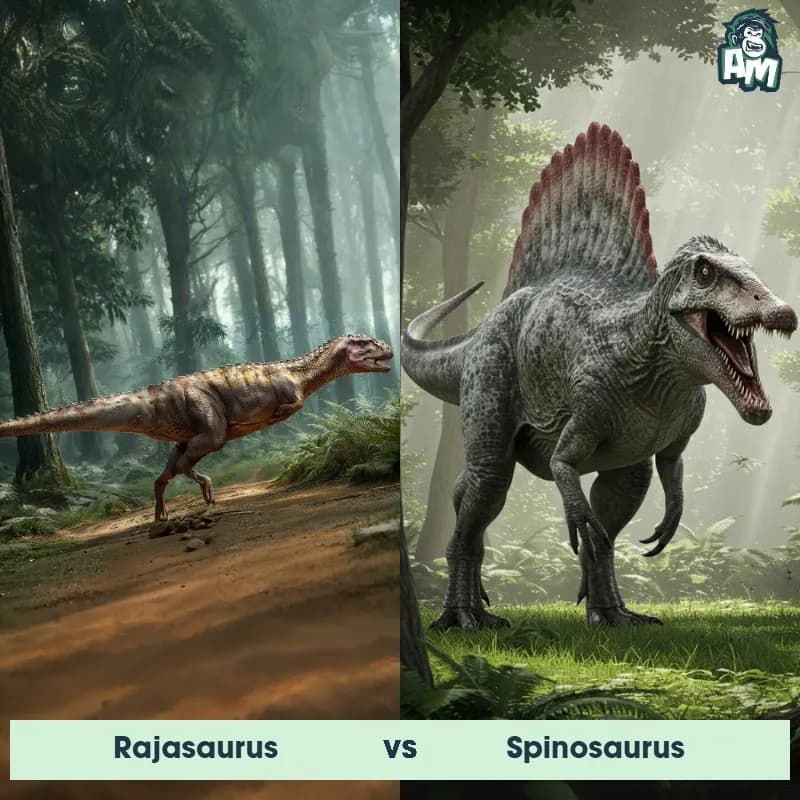
The crowd is on edge, eagerly anticipating this prehistoric showdown. In one corner, we have the Rajasaurus, fierce and full of fire, standing against the Spinosaurus, towering and menacing. Only one can emerge victorious from this clash of titans.
Contender 1: Rajasaurus
The Rajasaurus, known for its fearsome appearance, was a carnivorous dinosaur that roamed the earth during the Late Cretaceous period. It had sharp, serrated teeth perfect for tearing flesh and a powerful jaw for a deadly bite. The Rajasaurus was a bipedal dinosaur with a long tail and strong hind legs for hunting and capturing prey.
Fun Fact: The Rajasaurus is thought to have been one of the largest theropods in India, reaching lengths of up to 30 feet.
Contender 2: Spinosaurus
The Spinosaurus, also known as the "spined lizard," was a massive predatory dinosaur that roamed the Earth during the Late Cretaceous period. It is known for its distinctive sail-like structure on its back, which could reach up to 7 feet in height. With its long jaws filled with conical teeth and powerful forelimbs, the Spinosaurus was well-equipped for hunting fish and other prey in aquatic environments.
Fun Fact: The Spinosaurus had a special adaptation that allowed it to swim and hunt in water, making it one of the few dinosaurs with semi-aquatic abilities.
Matchup Stats
| Rajasaurus | Spinosaurus | |
|---|---|---|
| Size | Up to 30 feet (9 meters) | Up to 7 feet (2.1 meters) tall |
| Weight | Unknown | Up to 8 tons (7,300 kilograms) |
| Speed | 20-25 mph (32-40 km/h) | 14-17 mph (22-28 km/h) |
| Key Strength | Sharp teeth and powerful jaw | Powerful forelimbs |
| Biggest Weakness | Limited arm mobility | Vulnerable belly area |
Current Votes
Rajasaurus vs Spinosaurus
See Who Wins
View More Matches
Looking For More?
Similar Matches
Scientific Stats
| Rajasaurus | Spinosaurus | |
|---|---|---|
| Scientific Name | Rajasaurus | Spinosaurus aegyptiacus |
| Family | Abelisauridae | Spinosauridae |
| Habitat | Terrestrial | Semi-aquatic environments |
| Geography | India | North Africa |
| Diet | Carnivore | Fish and other prey |
| Lifespan | 22 years - 25 years | 20 years - 30 years |
Key Differences between Rajasaurus and Spinosaurus
- Spines: Spinosaurus featured elongated neural spines forming a sail along its back, unlike Rajasaurus, which did not possess such a sail.
- Limbs: Spinosaurus had shorter hind limbs adapted for swimming, while Rajasaurus had more proportionate limbs suitable for terrestrial locomotion.
- Size: Spinosaurus was larger, measuring up to 59 feet in length, while Rajasaurus was smaller, around 30 feet long.
- Teeth: Spinosaurus had conical teeth suited for catching fish, whereas Rajasaurus had more robust, serrated teeth adapted for slicing through meat.
- Crest: Rajasaurus had a single elongated crest on its head, while Spinosaurus lacked a prominent head crest but had a sail-like structure on its back.
- Skull Shape: Rajasaurus had a robust skull with a prominent horn on its forehead, whereas Spinosaurus had a narrow, elongated snout resembling a crocodile's.



